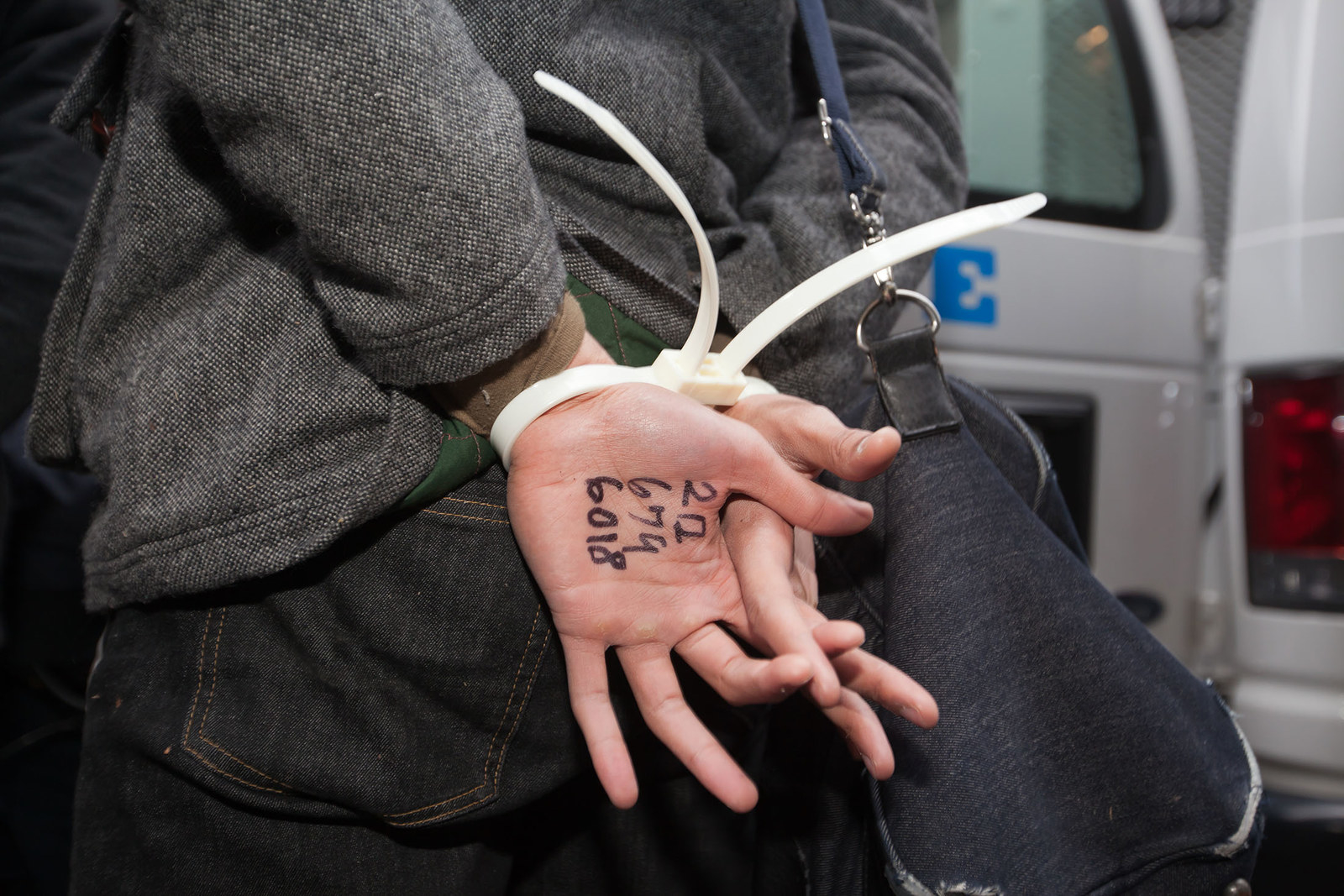

On Grand Isle, at the state park, I found tar balls ranging from the size of a quarter to eight inches long. There were signs of life though: small crabs moving around, snails and, raccoon paw prints. A rainbow oil sheen has moved over parts of the marsh surface. That’s tragic as with less vegetation, coastal erosion, already a problem before the spill, has intensified.

Much of the vegetation there is now dead. With each step on the surface, an oil sheen spread around my boots. There was also hardened oil on top of some of the surface we walked on. PJ Hahn Plaquemines Parish director of coastal zone management, who I accompanied on an oil spotting trip, turned over some of the dead marsh grass and exposed roots covered in hardened oil. There was oil sheen stirred up from the turbulence in the Bay Jimmy. What did you find during your recent trip out to Grand Isle, Bay Jimmy in Louisiana, and the Mississippi coast? I spoke with Dermansky via email and over the phone about her trip and her assessment of the situation in the Gulf Coast.Īll photos copyright Julie Dermansky. Last week, Dermansky again visited the beaches and marshes along the Louisiana and Mississippi coast - some of the worst hit areas where crews are still cleaning up tar mats and tar balls. In the early days of the spill she was hired by several major publications, including The Times, London, The Washington Post, and Der Spiegel. But these days she travels without assignment, covering expenses on her own, since few publications hire photographers or reporters to cover what’s now an old news story. Dermansky, who photographed the spill in 2010 “pretty much non-stop for four months," has been doggedly following the story for the past three years - reading up all the research she can lay her hands on, making trips out to the worst impacted areas in Louisiana every few months, and talking to people from affected communities. The oil, she says, is often hard to locate because it has a tendency to play hide and seek. New Orleans-based photographer Julie Dermansky says there’s still a lot left. Three years after an explosion at British Petroleum’s Deepwater Horizon rig in the Gulf of Mexico killed 11 workers, injured dozens, and set off the worst oil spill in the history of the petroleum industry, the waters along Gulf Coast seem almost back to normal. This originally appeared on Earth Island Journal.


 0 kommentar(er)
0 kommentar(er)
